Testnets are some of the Web3 industry’s most potent features, providing developers with a safe and secure environment for test-running their projects before committing to a mainnet. In the case of Ethereum, we have seen multiple networks come and go; however, as of now, the community maintains two key public testnets, one of which is Goerli (Görli). Goerli is a cross-client proof-of-stake (PoS) network and one of Ethereum’s most popular testnets. But what is the Goerli testnet exactly? If you are interested in Ethereum development, join us as we address that question and explore the Goerli testnet in further detail!
To begin with, the article dives into the intricacies of Goerli and what makes this testnet unique. Following this, you will dive deep into testnets and explore why they are important. In doing so, you will learn how Goerli helps Web3 developers save both time and valuable resources. Once you understand the benefits of these networks, the article briefly covers Sepolia, the other public testnet maintained by Ethereum. Lastly, to top things off, we will dive into the Goerli Etherscan tool. If this sounds exciting, join us throughout the article and discover the ins and outs of Goerli!
If you are serious about getting into blockchain development, check out Moralis’ Web3 development tools, such as the various Web3 APIs. Among the programming interfaces, you will, for example, find the Streams API. With this development tool, you can easily stream on-chain data into the backend of your Web3 projects via Moralis webhooks.
As such, if you have an interest in Web3 development, sign up with the best Web3 provider immediately. You can create a Moralis account for free and immediately leverage the full power of blockchain technology!
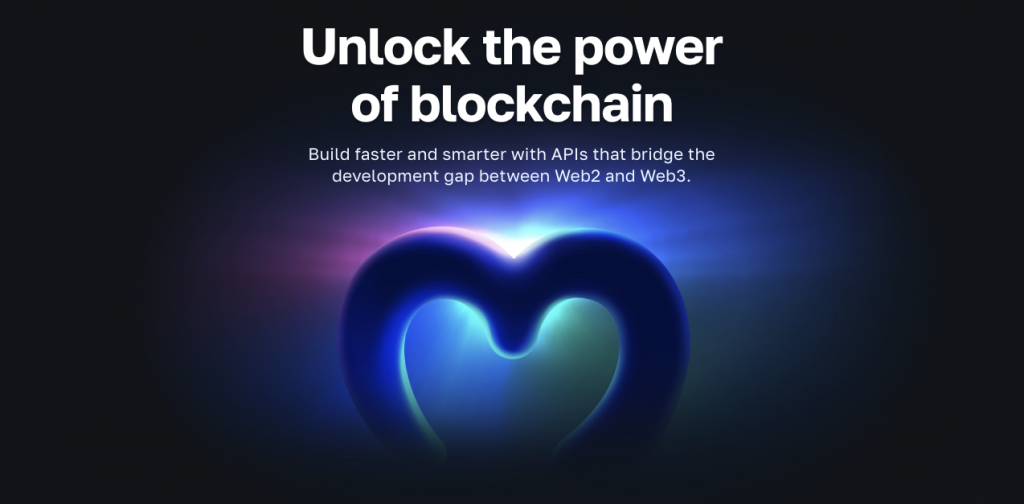
What is the Goerli Testnet?
Goerli, also known as Görli, was initially introduced in September 2018 and is one of Ethereum’s most prominent testnets. What’s more, it is one of two primary testnets – along with Sepolia – that have not been deprecated. The Goerli testnet started as an ETHBerlin hackathon project; however, it was not until early 2019 that the testnet officially launched at GörliCon in Berlin.

At the time, Goerli was the first community-built, proof-of-authority (PoA) Ethereum testnet featuring cross-client functionality. Goerli’s PoA consensus mechanism forced users to disclose their real-world identities to become eligible for validating blocks. Furthermore, once a majority of validators settle on a new block formation, it is signed off and added to Goerli’s longest chain.
However, unless you’ve been living under a rock, odds are you didn’t miss The Merge event. The Merge refers to the most significant Ethereum update where the original execution layer was joined with the newer proof-of-stake (PoS) consensus layer, Beacon Chain. Consequently, Ethereum transitioned from its traditional proof-of-work (PoW) consensus mechanism to PoS. What’s more, an essential step in The Merge was Goerli’s transition from PoA to PoS, which occurred in two phases in August earlier this year. The initial phase was a pre-required upgrade called Bellatrix; meanwhile, the second phase saw Goerli merge with Prater Beacon Chain’s testnet, a PoS network running alongside the Ethereum mainnet.
Goerli’s merge – and transition to PoS – was the final opportunity for developers to ensure that their PoS validators were configured correctly before the mainnet transitioned. It was also the final test run before the Ethereum mainnet officially merged with Beacon Chain.
Nevertheless, what makes Goerli unique, and why is it one of the most popular Ethereum testnets? Let’s find out!
Why are Developers Using Goerli? – Ethereum Cross-Client Testnet
If you are somewhat familiar with Ethereum development, you might have previously stumbled upon the term ”clients”. Clients are central to the Ethereum ecosystem, allowing developers to interact with the Ethereum network using various programming languages. In short, a client enables nodes to speak the ”Ethereum language”, which is why they are also referred to as ”node software”.
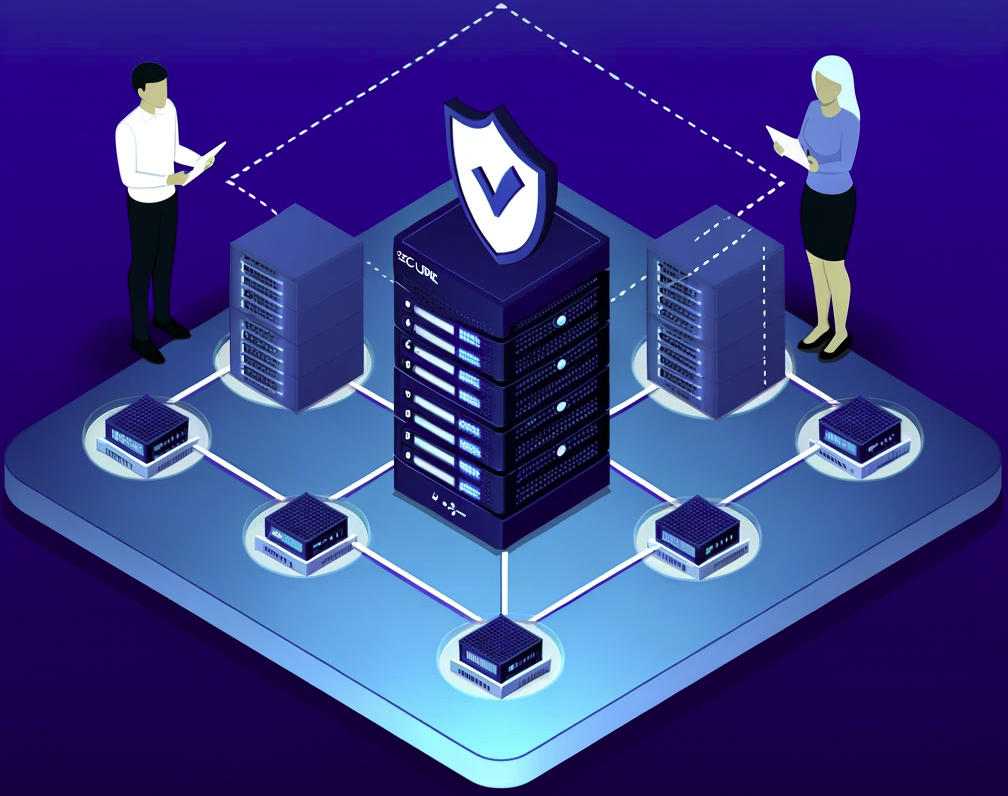
The Ethereum Foundation maintains various clients for different languages, including C#, Java, Rust, Go, etc. Moreover, if the foundation does not fully support a programming language, then several third-party clients fill that role. Nevertheless, you can find three prominent Ethereum client examples below:
- Geth (Go)
- Parity (Rust)
- Nethermind (C#, .NET)
However, even though the Ethereum mainnet supports and maintains various clients, we cannot say the same for other significant testnets. For instance, from a historical perspective, two of the largest testnets have been Rinkeby and Kovan, where the former supports Geth and the latter Parity. Consequently, there was a lack of synergies between clients as different testnets supported different node software. Fortunately, with the introduction of Goerli, this is no longer the case!
One of Goerli’s most prominent features is cross-client compatibility, meaning that the testnet supports a wider variety of node software. As a result, Goerli provides a unified testnet for different clients, such as Geth, Parity Hyperledger, Nethermind, etc., ensuring that they can function together in harmony.
Goerli’s cross-client compatibility makes Ethereum development more seamless and straightforward, as developers can use the same tools for different programming languages, including the testnet!
Nevertheless, even though you are now more familiar with Goerli, it might still be beneficial to clarify what testnets are and why developers need them. Accordingly, the following section answers the question, ”what is a testnet?”.
What is a Testnet?
If you do not already, you need to know that executing transactions on a blockchain requires gas fees and can be relatively time-consuming. Consequently, it does not make sense to immediately develop decentralized applications (dapps) and other Web3 projects on a mainnet as it can become costly. This is where testnets enter the equation to provide a more seamless developer experience!
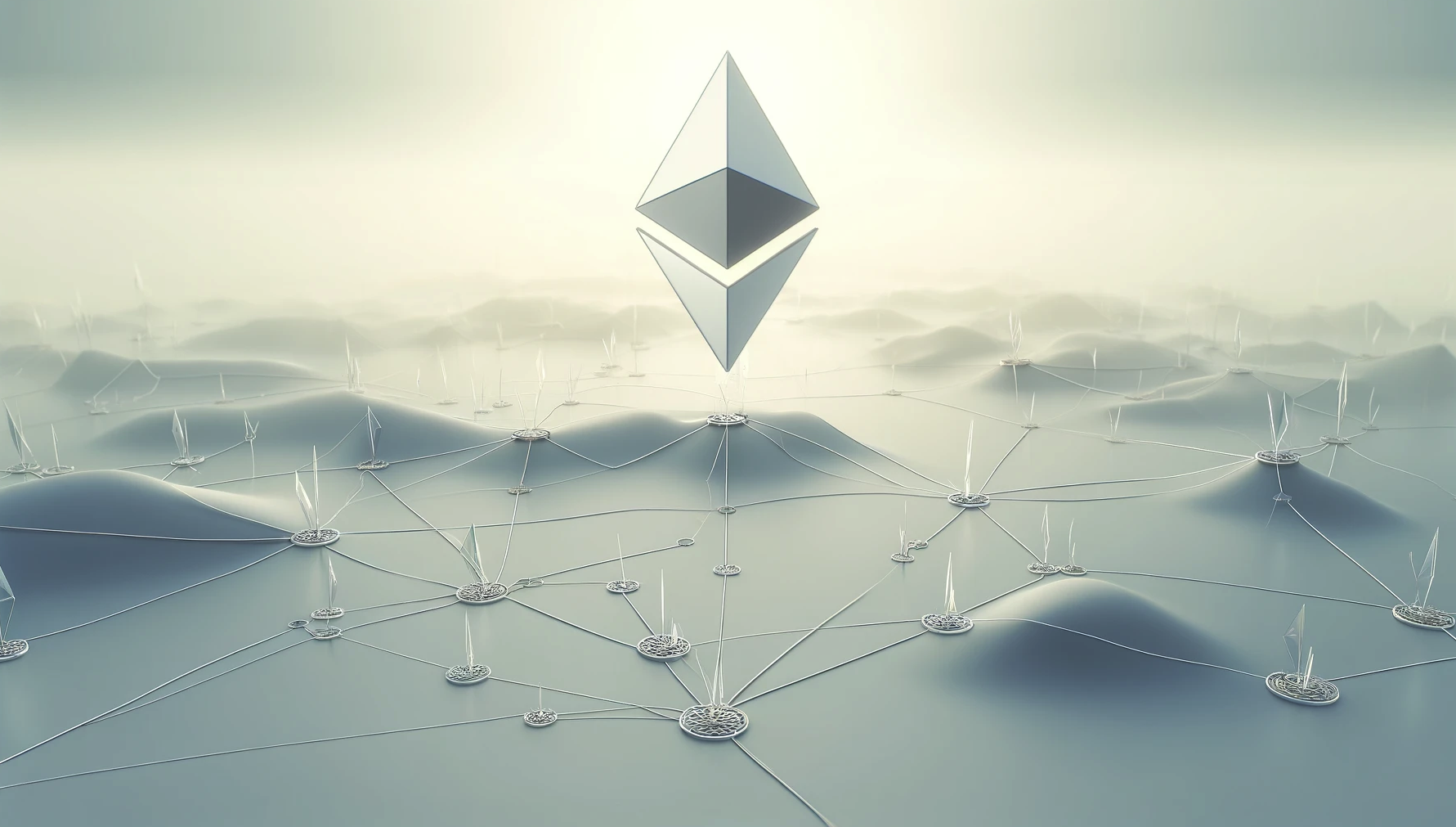
A testnet is almost an identical copy of an original blockchain network that developers can use to run and test network configurations before implementation and Web3 projects release. Accordingly, they provide a straightforward approach for developers to create, design, and test projects, along with tracking their performance before making them public. As such, a testnet is essentially a ”sandbox” where projects can be pre-released on-chain, allowing developers to test public engagement.
It’s important to know that testnets require you to pay for transactions. However, unlike on a mainnet, testnet tokens do not have any significant value. As such, you can use faucets to acquire tokens to pay for transactions for free. Faucets are generally web applications where you input a wallet address and receive testnet tokens in return.
Most blockchains have their own testnets, and as we previously touched on in the preceding section, some networks have several. For instance, here are some prominent examples of Ethereum testnets:
- Kovan
- Rinkeby
- Ropsten
- Goerli
- Sepolia
However, Kovan, Rinkeby, and Ropsten have, for a while, been deprecated. This means that the Ethereum Foundation no longer maintains these networks. To further grasp the concept of ”deprecation”, the following section takes a closer look at Ropsten as an example and compares this testnet to Goerli.
Goerli vs Ropsten
Ropsten was initially launched in 2016 and was – for quite some time – one of Ethereum’s most significant testnets. Much like Goerli, Ropsten also featured cross-client compatibility, enabling developers to use various node software for creating and testing protocols. What’s more, initially, Ropsten featured a PoW consensus mechanism, meaning that this testnet resembled the mainnet more than other alternatives.
However, as an essential step of The Merge, Ropsten also joined Beacon Chain using PoS to simulate the merger of Ethereum’s mainnet. Furthermore, with the merger, which occurred earlier this year, Ropsten was deprecated, meaning that the Ethereum Foundation no longer maintains the testnet.

When a testnet is deprecated, the community supplies no more client updates. However, note that it does not necessarily mean that the testnets completely disappear but rather lose parity with Ethereum Virtual Machine (EVM). Consequently, the network no longer remains an accurate or safe environment for testing Web3 projects or dapps.
Furthermore, unlike Ropsten, Goerli and Sepolia are two testnets Ethereum still maintains. Consequently, these are the two testnets the community recommends for Ethereum development. But how do they differ, and which one should you go for?
What is Sepolia? – Goerli vs Sepolia
Sepolia was introduced in 2021 and, like Goerli, initially implemented a PoW consensus mechanism. However, during The Merge, Sepolia joined with Beacon Chain and does now utilize a PoS protocol instead. What’s more, Sepolia is, along with Goerli, one of two public PoS testnets currently maintained post-merge.
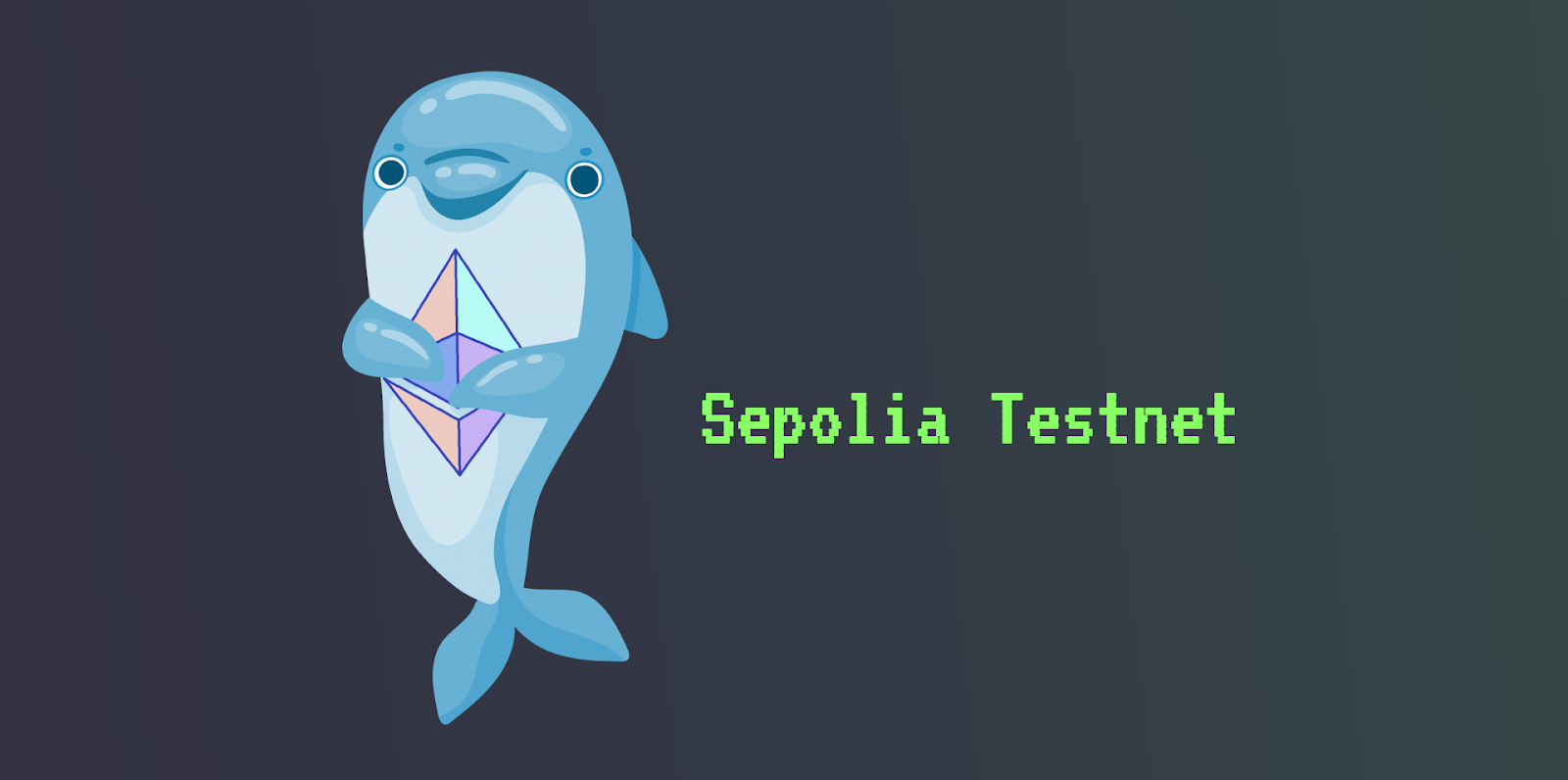
However, what are the main differences between Goerli and Sepolia?
- Sepolia – Ethereum recommends Sepolia as the primary testnet for dapp development. Sepolia uses a permissioned validator set and is relatively new, meaning its history and state are both quite small. Consequently, the testnet can sync quickly, and running nodes requires less storage. This is great for anyone looking to spin up a node quickly to interact directly with the network. Moreover, you can find three key Sepolia takeaways down below:
- New testnet hosting fewer applications than other testnets
- Fast syncing
- Closed validator set
- Goerli – Goerli is the default and recommended network for executing testing of staking and validating. Unlike Sepolia, Goerli is open for developers wanting to run a testnet validator. Consequently, stakers looking to test a protocol upgrade should use Goerli before deploying to the Ethereum mainnet. Here are three takeaways from Goerli:
- Longer syncs and more storage are required to run nodes
- Larger state, helpful for testing complex smart contracts
- Open validator set
So, even though Sepolia and Goerli are the two recommended testnets still maintained by the Ethereum community, there are differences between them to consider. As such, your choice of testnet should be dependent on your project and development needs!
Goerli Testnet Explorer – Goerli Etherscan
Blockchain explorers are essential tools in a crypto enthusiast’s arsenal. They are pieces of software utilizing APIs and nodes to query on-chain data from their respective networks. What’s more, blockchain explorers generally provide an online interface for seamlessly searching a network, enabling developers to quickly retrieve data regarding addresses, blocks, fees, transactions, and much more! Accordingly, users can, for example, input a contract address and view all associated transactions in a neatly displayed table. It can look something like this:
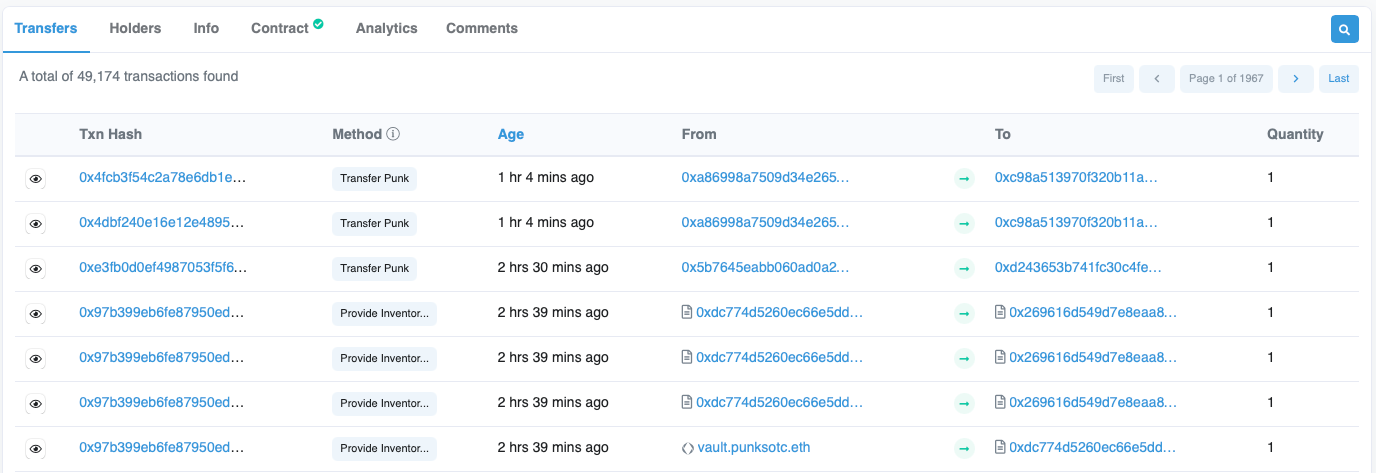
The image above is from Etherscan, which is one of the most prominent blockchain explorers. Moreover, since testnets are their own networks separate from the mainnet they mimic, they generally have their own blockchain explorers. This applies to Goerli as well, and the testnet features Goerli Etherscan!
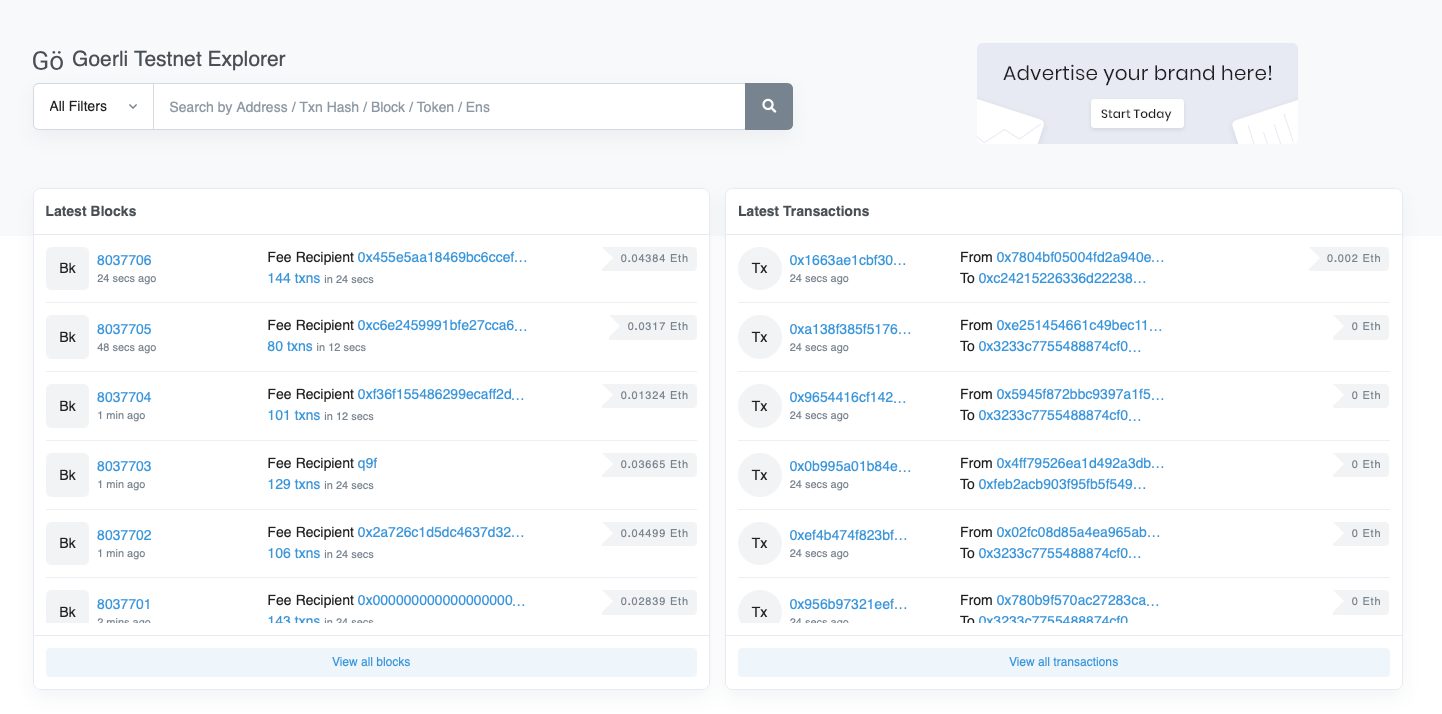
Goerli Etherscan is a blockchain explorer for the Goerli network. As such, developers can use Goerli Etherscan to easily check if their contracts deployed successfully, view transaction histories, look up specific block information, and much more. Accordingly, Goerli Etherscan is a great development tool all Ethereum developers should be aware of and know how to utilize.
If you have followed along this far, you now hopefully have a better overview of the Goerli testnet and what Goerli Etherscan entails!
Goerli Testnet – Summary
Goerli launched in 2019 and is one of two Ethereum PoS public testnets currently maintained by the community along with Sepolia. The testnet features cross-client support, meaning that developers can use different clients for various programming languages during their Ethereum development endeavors.
What’s more, testnets, in general, are essential in blockchain development as they provide safe environments for developers to test their dapps and Web3 project without committing to a mainnet. As such, developers can utilize the Goerli testnet in their Ethereum development endeavors to save an abundance of both time and money!
In addition to the testnets, these networks also generally feature blockchain explorers, making Web3 development even more accessible. Blockchain explorers – such as Goerli Etherscan – provide intuitive interfaces for acquiring data about transactions, blocks, addresses, fees, and much more. Consequently, if you want to get into Ethereum development, check out Goerli Etherscan. This development tool facilitates a significantly more seamless developer experience.
Nevertheless, if you found this tutorial helpful, you might also want to check out additional content here at Moralis’ Web3 blog. For example, read up on Web3 Python development or learn how to deploy an AWS Lambda function with Moralis!

What’s more, no matter what blockchain development endeavors you embark on, consider signing up with Moralis. Moralis is a premier Web3 infrastructure provider, and as a member, you can leverage blockchain technology to its full potential!
